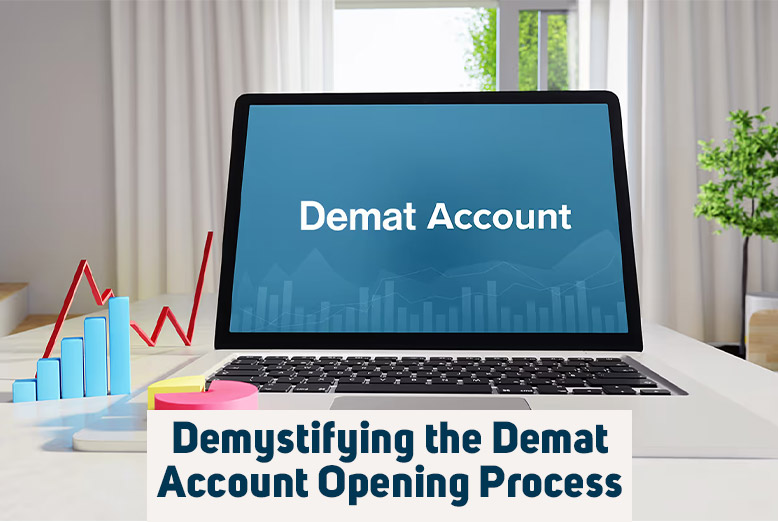Hey there! If you’ve found yourself juggling personal loan debts, you’re not alone. Many people deal with various forms of debt, and while some debts can be beneficial (like a mortgage or student loan), bad debts can weigh heavily on your shoulders. They can lead to stress, anxiety, and long-term financial strain. The good news? You can take steps to relieve that burden and regain control over your finances. Let’s explore how you can master personal loan debt relief and work toward a brighter financial future.
Understanding Good vs. Bad Debt
Before diving into debt relief strategies, it’s essential to understand the difference between good and bad debt. Good debt typically refers to loans that help you build wealth or improve your financial situation, like mortgages, student loans, or investments. These debts often come with lower interest rates and can increase your net worth over time.
On the flip side, bad debt usually includes high-interest loans or credit card balances that don’t provide any long-term value. This type of debt can quickly spiral out of control, leading to financial stress. If you’re struggling with bad debt, don’t hesitate to reach out to debt settlement companies that can help negotiate with your creditors and potentially lower what you owe.
Taking Stock of Your Debt
The first step to mastering your personal loan debt relief is to take a clear and honest inventory of your financial situation. Here’s how to do that:
- List All Your Debts: Write down each of your outstanding loans, including personal loans, credit card debts, and any other liabilities. Include the total amount owed, interest rates, and monthly payments. This will give you a comprehensive view of your financial obligations.
- Understand Your Financial Picture: Look at your monthly income and expenses. Knowing how much you bring in compared to what you owe will help you see where you stand and where adjustments might be necessary.
- Identify Priorities: Determine which debts need immediate attention. Typically, high-interest debts should be prioritized first, as they can quickly accumulate and become unmanageable.
Create a Debt Repayment Plan
Once you have a clear understanding of your debts, it’s time to create a repayment plan. A solid strategy can make a world of difference in your journey to debt relief. Here’s how to craft an effective plan:
- Choose Your Method: There are several popular methods for paying off debt, such as:
- Avalanche Method: Focus on paying off debts with the highest interest rates first while making minimum payments on other debts.
- Snowball Method: Start with the smallest debt first to gain momentum and motivation, then move on to the next smallest.
- Set Realistic Goals: Establish specific goals for your repayment plan. For example, aim to pay off a certain debt by a specific date. Break down larger goals into smaller, more manageable milestones.
- Create a Budget: Develop a monthly budget that allocates funds toward debt repayment. Identify areas where you can cut back on spending to free up extra money for your debt payments.
Explore Debt Relief Options
Sometimes, you may need additional support to tackle your debt. Fortunately, there are various options available for those looking for relief:
- Debt Settlement: This involves negotiating with your creditors to settle your debt for less than you owe. Debt settlement companies can assist you in this process. They often negotiate on your behalf, aiming to reduce your total debt amount.
- Debt Consolidation: This option involves combining multiple debts into one single loan, ideally at a lower interest rate. This can simplify your payments and reduce your overall interest charges. Look for reputable lenders offering debt consolidation loans with favorable terms.
- Credit Counseling: A credit counselor can help you understand your financial situation and guide you in developing a personalized debt repayment plan. They can also negotiate with creditors on your behalf.
Stay Committed to Your Plan
Managing debt is a marathon, not a sprint. Staying committed to your repayment plan is crucial for long-term success. Here are some tips to help you remain focused:
- Track Your Progress: Regularly review your debt repayment progress. Celebrate small victories, like paying off a credit card or reducing a personal loan balance. Recognizing your achievements can keep you motivated.
- Avoid New Debt: While you’re working on paying off your current debts, it’s essential to avoid accumulating new debt. Resist the temptation to open new credit accounts or make unnecessary purchases.
- Adjust as Needed: Life is unpredictable, and your financial situation may change. Be flexible with your repayment plan, and adjust it as needed. If you encounter unexpected expenses, revisit your budget and make the necessary adjustments.
Build an Emergency Fund
One of the best ways to protect yourself from falling back into debt is to establish an emergency fund. Having a financial cushion can help you manage unexpected expenses without relying on credit cards or loans. Here’s how to get started:
- Set a Savings Goal: Aim to save at least three to six months’ worth of living expenses. This may seem daunting, but even small contributions can add up over time.
- Start Small: If saving a large amount feels overwhelming, begin with a manageable goal. Start by saving a small amount each month, like $25 or $50.
- Automate Savings: Consider setting up automatic transfers from your checking account to a separate savings account. This way, you’ll be saving without even thinking about it.
Seek Professional Help if Needed
If you’re feeling overwhelmed by your debt situation, don’t hesitate to seek professional help. There’s no shame in asking for assistance, and there are resources available to support you:
- Financial Advisors: A financial advisor can provide personalized guidance tailored to your unique situation. They can help you develop a comprehensive plan for managing your debt and improving your financial health.
- Credit Counseling Services: These services can assist you in creating a plan to pay off your debt and may offer resources like debt management programs.
Final Thoughts
Mastering personal loan debt relief takes time, commitment, and a willingness to make changes. By understanding your debt situation, creating a repayment plan, and exploring various relief options, you can take control of your finances and work toward a debt-free future.




















